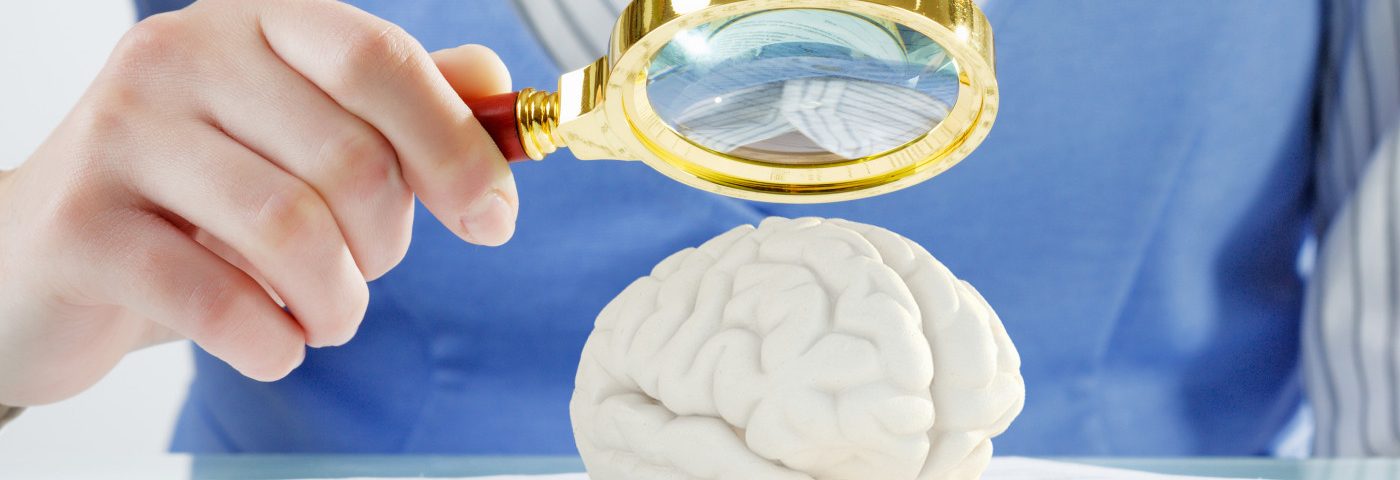A minimally invasive surgery using lasers to sever connections between the two halves of the brain can effectively and safely lower seizure frequency in people with Lennox-Gastaut syndrome (LGS) who do not respond to medications, a study suggests.
This surgery is relatively new, and seen as a potential option to a more invasive surgery given as palliative treatment to drug-resistant LGS patients.
The study, “Stereotactic laser anterior corpus callosotomy for Lennox-Gastaut syndrome,” was published in Epilepsia.
The corpus callosum is a band of tissue that sits directly between the right and left brain hemisphere, and it is important for communication between these two brain halves. Callostomy is a surgery in which part (usually two-thirds) or all of the corpus callosum is cut.
This surgery can aid in treating seizures, because seizures are characterized by uncontrolled neurological activity that spreads throughout the brain. By reducing the connectivity between different brain regions, callostomy can lessen the spread of this uncontrolled activity.
Callostomy is a fairly invasive procedure — traditionally, it is performed by cutting away a section of the skull so a surgeon can operate directly on the brain, commonly referred to as “open” surgery. But in recent years, new techniques have allowed for a less invasive surgery, which is expected to minimize the risk of complications. This risk can include disconnection syndrome, where functional domains that depend on the interconnections between the two brain regions are lost.
In general, complications following open callostomy range from 8% to 12%, the study noted.
One new technique is stereotactic laser anterior corpus callosotomy (SLACC), which uses MRI-guided lasers to sever the anterior (front) part of the corpus callosum. As this surgical approach was developed quite recently, it’s not clear how it compares to the more traditional open callostomy.
Researchers reported results on 10 LGS patients who were not responsive to medication and underwent SLACC at the University of Chicago medical center. These people, four females and six males, ranged in age from 11 to 52.
This study represents “the largest case series to date of SLACC in … patients with drug-resistant LGS,” the researchers wrote.
Patients were followed for a median of 19 months following surgery. On average, the surgery itself destroyed about half (53%) of each person’s corpus callosum, with a mean of 62% of the corpus callosum estimated to have been disconnected.
Following SLACC, two of the patients remained completely seizure-free, and four had a reduction in seizure frequency of at least 80%. Seizure frequency in tow other patients feel by between 50% and 80%; in the remaining two, seizure frequency was reduced by less than 50%.
SLACC also led to a significant reduction in the frequency of drop attacks (seizures that result in a person falling over) in most patients: five were free of drop attacks following SLACC, and three had a reduction in drop attack frequency of at least 80%.
Although cognition was not formally assessed in the study, “[i]n the eight patients with significant seizure improvement, parents and caregivers reported that the patients exhibited subjectively improved attention and communication,” the researchers wrote.
SLACC was generally well tolerated with no cases of disconnection syndrome. One person had a small bleed in the brain following surgery, which did not result in detectable symptoms. Another reported extreme sleepiness immediately following surgery, which resolved on its own. This same patient became markedly more aggressive after seizures stopped, the study noted.
Three of the 10 patients elected to undergo a second, nearly identical procedure targeting the posterior (back) half of the corpus callosum. In all three, a significant reduction in the frequency of seizures and/or drop attacks without post-surgery complications were noted.
“SLACC is a safe and effective alternative to traditional open anterior corpus callosotomy for patients with drug-resistant LGS,” the researchers concluded. “The rates of reduction in drop attacks and overall seizure frequency are comparable for SLACC and open callosotomy.”
Although this study represents the largest number of people with LGS undergoing SLACC reported to date, the researchers stressed that this was still a very small study. As such, additional studies are needed to fully characterize this new surgical technique.
“As reports of SLACC continue to emerge, the effectiveness and safety profile of SLACC relative to open callosotomy will become more apparent,” they wrote.

